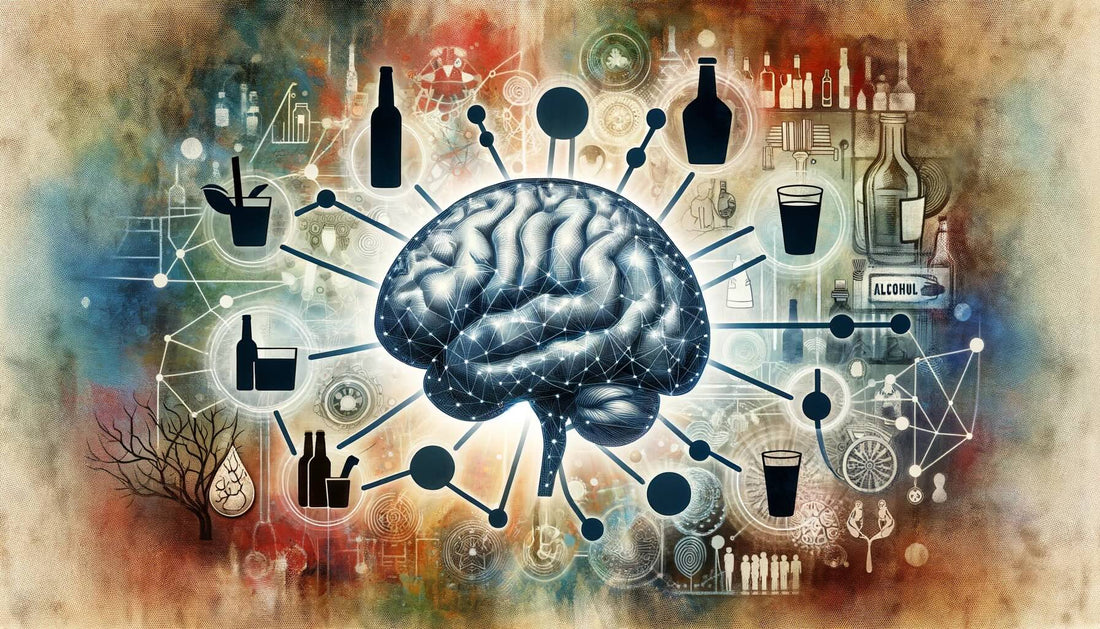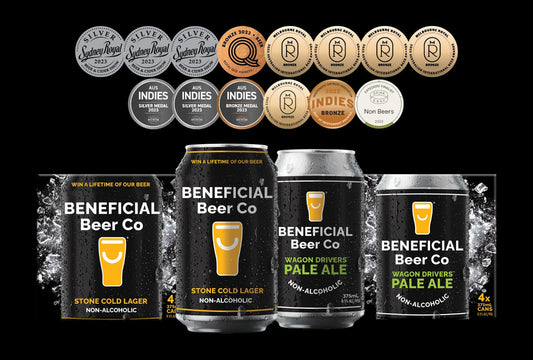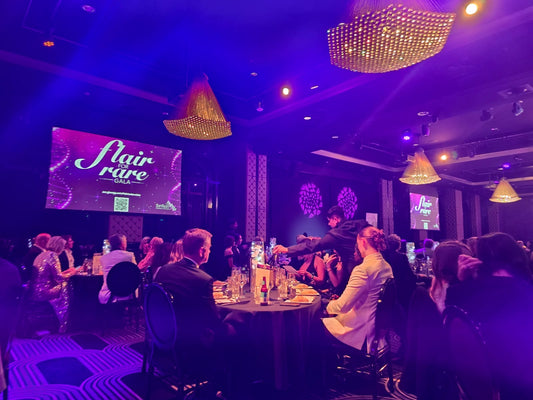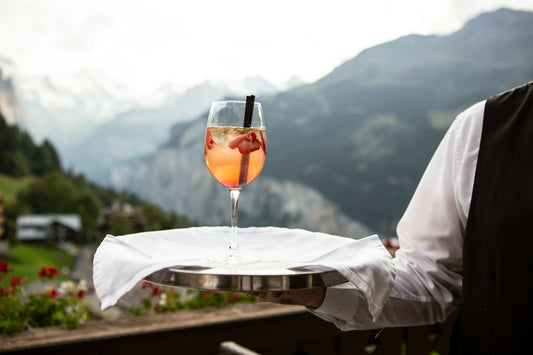Have you ever felt overpowered by alcohol cravings? Some feel like every cell in their body is crying out for its share. With hindsight and passion, many people hunt for this reptilian urge… only to chase shadows. Our cold-blooded side waits in its elusive lair, ready to pounce at the next subconscious trigger.
There’s a third option: between battling cravings and being prey to its urges. If we can understand the nature of cravings - their habitat and biology - maybe we don’t need to be a slay the beast. Just maybe, we can train it.
The Nature of Cravings
The "reptilian brain" refers to the oldest part of our brain (in evolutionary terms). It's responsible for automatic responses and instinctual desires towards needs or pleasures. These urges for immediate gratification can be overpowering, including the craving for alcohol.
It’s the reptilian side of us that many battle, surrender to, or discipline.
Cravings can feel like a primal hunger. A need. Whether alcohol, cigarettes or plain dopamine, cravings can make us see these things in a predatory fashion. The urges prey on us. And sometimes, it’s welcomed. No wonder that by the time the cravings hit, there’s already a drink or smoke in our hands.

Cravings are an environmental queue. A release of chemicals by specific triggers depending on the individual:
- Bad day at work?
- Anxious?
- ADHD? (some people with ADHD crave the mental “calmness” that comes from hangovers)
- Bored?
- Smelling something sweet? (alcohol cravings might remind you to satisfy that sweetness)
Cravings are reflexive, reactive and waiting. Our brains build neural pathways that associate two things, and alcohol cravings bridge a trigger and a perceived solution (take the edge off, numb the pain, kill the boredom).
But these pathways in the brain are always there, even if we stop using them. Like vines in a garden, they may become overgrown with other vines - other pathways. But if a strong enough trigger arises, the cravings kick in and we take that same old bridge across.

With a strong enough trigger, whatever values or logical thought that would otherwise stop you become submerged. Even idle time is enough to trigger a craving.
Cravings can be sneaky too.
For example, digesting alcohol will lower your blood sugar levels. A low blood sugar level triggers a sugar craving, but this is often mistaken for alcohol cravings. The same goes for energy levels since craving carbs might be sneakily mistaken for a craving for alcohol (but there’s an even sneakier way to get around this).
Recognising other triggers for alcohol cravings include HALT:
- Hungry = Craving a full stomach
- Angry = Craving a release
- Lonely = Craving escape
- Tired = Craving awakeness
Our brain’s pathways connect a trigger (such as HALT) with the easiest/most-used pathway to remedy that trigger, which is alcohol in many cases.
Cravings create mental imagery that supports these associations. Or it can be switched, where mental imagery, such as memory, might trigger a craving.
.
How do we slay these urges?
Well, we can’t.
Cravings, associations and reminders are ingrained into us. They motivate us to fulfil our survival needs. But in our world of abundance, cravings motivate our wants too, no matter how detrimental they can be.
But now we know that cravings are signals, triggers and habits.
Those aren’t so elusive and serpentine.
By understanding the nature of our reptilian urges, and by studying their form unique to each of us, we can begin to tame it.
Knowledge empowers control.

So Where Can You Start?
First, note down the moments in which your cravings arise.
What triggers and motivators have switched on your brain? Did you smell something sweet? Are you cold? Bored? Tired? What emotions do you feel before and during a craving?
Switch on the researcher within and you’ll see that cravings are predictable, and can be redirected.
You can then remove or minimise these craving triggers:
- Is it a visual trigger? Move the fridge/wine rack out of sight
- Is it a taste-trigger? Make a simple swap without compromising
- Is it a food-based trigger? Choose restaurants that don’t serve alcohol
- Is it a social trigger? Meet with friends at times when you’re less likely to drink
- Is it a locational trigger? Change your route to avoid pubs, bars and shops
- Is it a boredom trigger? Plan your time so that you minimise idleness
Recognise the triggers. Reflect on why you had them. Adapt.
And in the meantime, just remember:
There are good days and bad days when our cravings hungrily stir in the subconscious.
But it is a part of us, and we are forever changing.
Cheers
David Jackson




